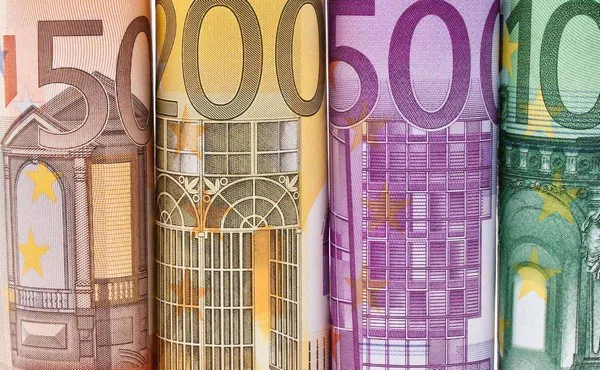The exchange rate between the British Pound (GBP) and the Indian Rupee (INR) plays a crucial role in international trade, remittances, and tourism. This article aims to provide insights into the price of the Pound in India, examining the factors influencing its value, the implications for different stakeholders, and key considerations for individuals and businesses.
I. Understanding the GBP/INR Exchange Rate
A. Exchange Rates and Currency Pairs
- Exchange rates represent the value of one currency in terms of another and are determined by the foreign exchange market.
- GBP/INR represents the exchange rate between the British Pound and the Indian Rupee, indicating the amount of INR required to purchase one GBP.
B. Fluctuations and Conversion Rates
- Exchange rates fluctuate due to various factors, resulting in changes in the price of the Pound in India.
- Conversion rates determine the value of GBP when exchanged for INR and are influenced by supply and demand dynamics.
C. Currency Trading and Market Participants
- Forex traders, banks, corporations, and individuals participate in currency trading, affecting the supply and demand for GBP and INR.
- Market sentiment, economic indicators, and geopolitical events impact currency movements and the GBP/INR exchange rate.
II. Factors Influencing the Price of Pound in India
The price of the Pound in India is influenced by a range of factors, encompassing economic, political, and market dynamics. Consider the following key points:
A. Economic Factors
- Macroeconomic indicators, including GDP growth, inflation, interest rates, and employment data, affect the relative strength of GBP and INR.
- Trade balances, foreign direct investments, and economic policies impact the demand and supply of GBP in India.
B. Political and Geopolitical Factors
- Political stability, government policies, and bilateral relations between the UK and India influence investor confidence and currency flows.
- Geopolitical events, such as trade agreements, political developments, and global economic trends, can create volatility in the GBP/INR exchange rate.
C. Market Sentiment and Speculation
- Market sentiment, risk appetite, and investor expectations play a significant role in the pricing of Pound in India.
- Speculative trading, news events, and market trends can lead to short-term fluctuations in the GBP/INR exchange rate.
III. Implications and Considerations
The price of the Pound in India carries implications for various stakeholders, including individuals, businesses, and the economy as a whole. Here are some key considerations:
A. Individuals and Travelers
- Exchange rates affect the purchasing power of individuals traveling to or from the UK, impacting expenses for accommodation, transportation, and shopping.
- Timing currency exchanges strategically can maximize the value of currency conversions.
B. Exporters and Importers
- Fluctuations in the GBP/INR exchange rate impact the competitiveness and profitability of businesses engaged in cross-border trade.
- Exporters benefit from a weaker Pound, while importers face higher costs with a stronger Pound.
C. Investors and Financial Institutions
- Currency fluctuations provide opportunities for investors to capitalize on foreign exchange trading and diversify investment portfolios.
- Financial institutions manage currency risk and offer currency hedging services to protect against exchange rate fluctuations.
Conclusion:
In conclusion, the price of the Pound in India is a critical factor with far-reaching implications for individuals, businesses, and the overall economy. Economic factors, political dynamics, market sentiment, and speculative trading all contribute to the fluctuations in the GBP/INR exchange rate. Understanding these factors and their impact on the currency market enables individuals to make informed decisions regarding currency exchanges, while businesses can optimize their import and export strategies. By closely monitoring the price of the Pound in India, investors and financial institutions can seize opportunities and manage currency risks effectively. Ultimately, staying informed and keeping a pulse on market trends are key to navigating the dynamic landscape of the GBP/INR exchange rate and maximizing the value of transactions involving the Pound and the Indian Rupee.
Related Topics:



























